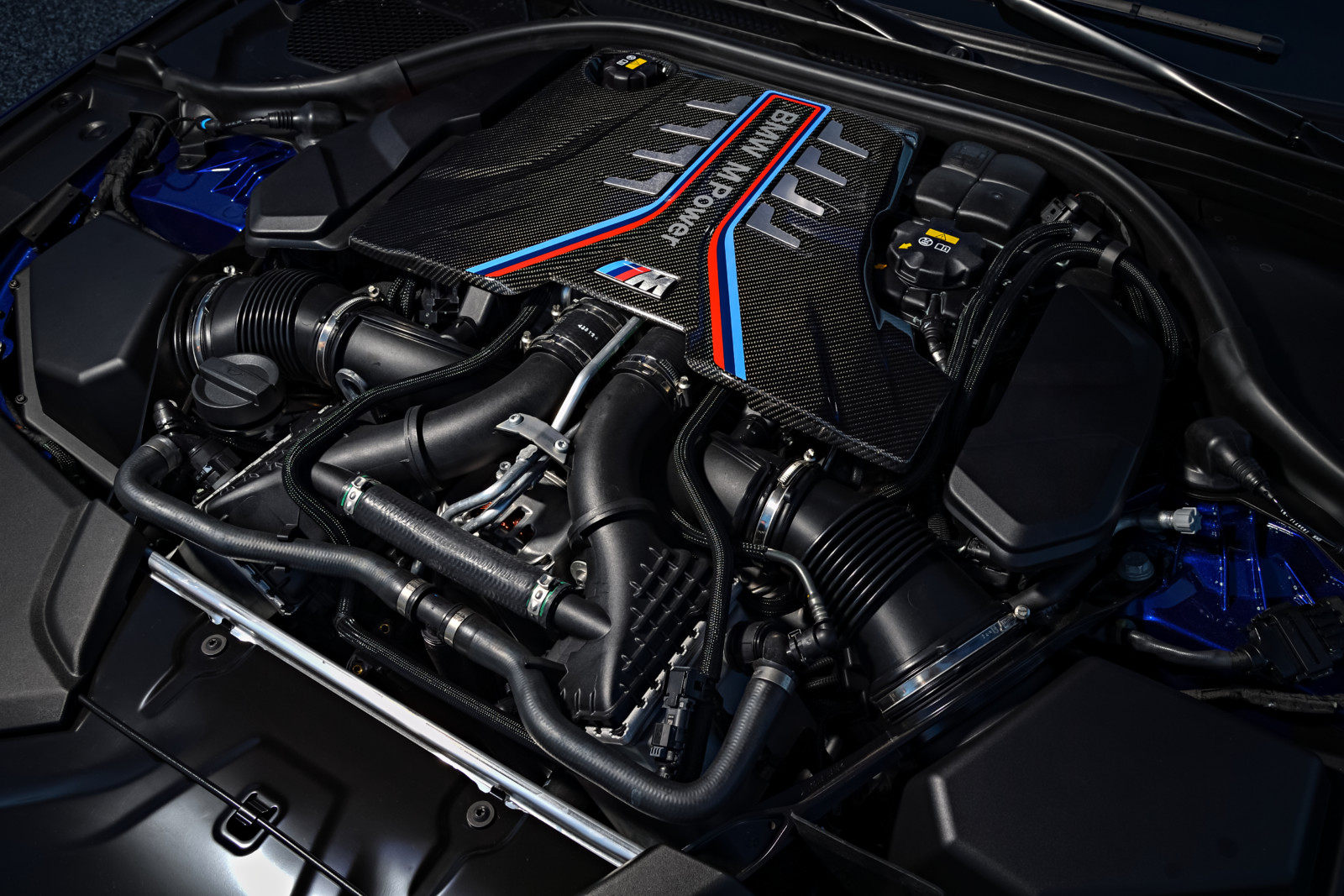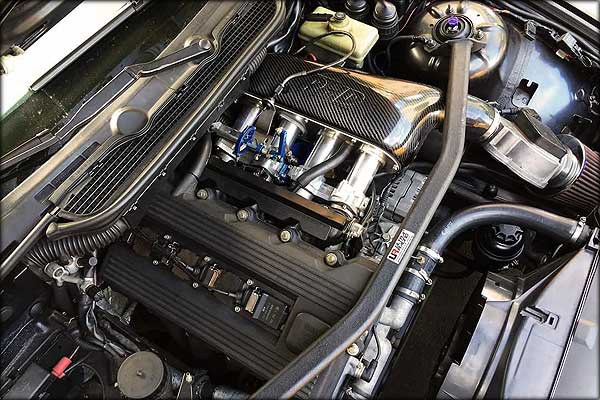The Development of the BMW Engine: A Look Back at Iconic Versions
The Development of the BMW Engine: A Look Back at Iconic Versions
Blog Article
Checking Out the Advancement of Burning Engines in Modern Transportation Systems
As we navigate the landscape of contemporary transport, the advancement of combustion engines stands as a testament to human resourcefulness and engineering prowess. The interplay of history, technology, and environmental worries in shaping the trajectory of burning engines produces a story that is both engaging and insightful.
Early Beginnings of Combustion Engines
Exactly how did the principle of burning engines first emerge in the onset of transport development? When the concepts of internal burning were first checked out, the origins of burning engines can be traced back to the 17th century. In 1673, Christian Huygens conceived a standard inner burning engine that used gunpowder to generate power. It wasn't until the late 19th century that useful applications of burning engines in transport started to arise.
The innovation minute came with the innovation of the first successful gasoline-powered engine by Karl Benz in 1885 - bmw engine. This engine led the way for the development of the modern vehicle, reinventing transportation systems worldwide. Succeeding innovations by Nikolaus Otto and Gottlieb Daimler further refined burning engine innovation, bring about the automation of automobiles and the rapid growth of the transport market
These very early combustion engines were defined by their simpleness and effectiveness, laying the structure for the complex and powerful engines utilized in modern-day transport systems. The development of combustion engines has actually contributed in forming the means we take a trip and carry products, marking a significant milestone in the history of transport development.
Change to Internal Burning Innovation
The change to inner burning technology marked an essential shift in the advancement of transportation systems. This change began in the late 19th century, with creators like Nikolaus Otto and Gottlieb Daimler developing the very first successful interior burning engines. These engines transformed transportation by providing a much more powerful and effective choice to vapor engines and electrical motors.
One of the essential benefits of interior combustion engines was their capacity to be reduced to fit into vehicles, causing the development of automobiles and bikes. This change from bulky, stationary engines to compact, mobile ones paved the means for the contemporary transportation systems we see today.
The transition to inner combustion modern technology likewise stimulated developments in fuel innovation, causing the growth of fuel and diesel as key fuel sources for cars. This shift not just made transport extra accessible to the masses however additionally laid the foundation for the oil and gas industry to end up being important to international economic situations.
Impact of Combustion Engines on Transportation
The fostering of combustion engines in transportation systems catalyzed an extensive shift in the efficiency and speed of worldwide flexibility. Burning engines reinvented transportation by giving a trustworthy and flexible resource of power for different automobiles, including cars, planes, ships, and trucks. This advancement considerably boosted the capability for individuals and products to conform cross countries in much shorter time structures, causing increased connectivity between regions and countries.
Moreover, the widespread use combustion engines has actually had a considerable influence on financial advancement. The ability to transfer products efficiently has spurred trade and commerce, enabling services to broaden their markets and get to consumers worldwide. This has promoted straight from the source financial growth and globalization, as products can currently be transferred quicker and in larger quantities than ever previously.
Nonetheless, the environmental impact of burning engines can not be overlooked. The burning of fossil fuels has actually led to air pollution and greenhouse gas exhausts, adding to climate adjustment and positioning wellness risks to populations. bmw engine. As an outcome, there is a growing focus on establishing different propulsion modern technologies to minimize these adverse impacts and produce a more lasting future for transport
Technologies in Burning Engine Design
One noteworthy advancement is the advancement of turbocharged engines, which use exhaust gases to drive a wind turbine that presses her explanation incoming air, permitting for even more fuel to be charred, resulting in raised power result without a considerable increase in engine size. Variable valve timing systems have actually also transformed engine design by optimizing air flow at various engine speeds, boosting both power and performance. These technologies collectively add to the continual renovation of combustion engines in contemporary transportation systems.
Future Patterns in Burning Engine Development
With modern technology developments driving continuous innovation, the future of burning engine development is poised to reinvent transport systems internationally. Among the key patterns in burning engine growth is the push in the direction of higher performance and minimized discharges. Makers are spending greatly in r & d to enhance engine performance while satisfying rigorous ecological guidelines. This includes the integration of sophisticated fuel shot systems, improved turbocharging techniques, and the usage of lightweight materials to maximize fuel consumption and minimize carbon emissions.
An additional noticeable trend is the fostering of hybrid innovations in burning engines. Hybrid engines incorporate traditional burning innovation with electrical power, using boosted fuel effectiveness and reduced exhausts. As the auto market shifts in the direction of electrification, crossbreed burning engines are viewed as a transitional solution that bridges the gap between standard vehicles and completely electrical ones.
Moreover, the combination of smart innovations, such as man-made intelligence and data analytics, is expected to play a considerable function in the future of combustion engine growth. These innovations can enhance engine performance in real-time, leading to extra efficient burning processes and improved overall car efficiency. Embracing these future patterns will not only drive advancement in combustion engine development yet likewise add to a more environmentally pleasant and lasting transportation ecosystem.

Conclusion
In final thought, the development of have a peek at this website combustion engines in contemporary transport systems has been marked by substantial advancements in modern technology and style. From the early beginnings of burning engines to the transition to internal burning technology, these engines have actually had an extensive effect on transport.
The roots of burning engines can be mapped back to the 17th century when the principles of internal combustion were very first explored. These engines changed transportation by offering an extra effective and effective alternative to steam engines and electrical motors.

Report this page